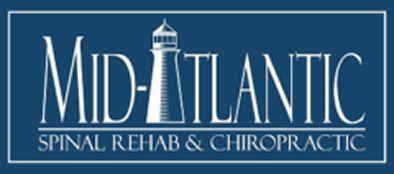The hips are an often overlooked source of pain in the body. When hips are misaligned, they can cause back pain. When they are overstretched, they can cause groin and leg pain. And when they are too tight, they can cause pain all over. Why? Too-tight hip flexors affect the ways in which people walk, sit, and even the ways that they sleep. As a result, a failure to keep hip flexors sufficiently loose can lead to all kinds of physical discomfort, reduced mobility, and even injury risks.
Hip flexors consist of muscles near the front of one’s hips that assist in the movement of the legs. This muscle group also rest in the abdominal cavity and the lumbar spine, which is the primary reason why lower back pain is so often associated with tight hip flexors.
What Causes Tight Hip Flexors?
Tight hip flexors can be attributed to various factors, often related to lifestyle and physical activity. One of the primary causes is prolonged sitting. Nowadays, many people spend hours at a desk or in front of a computer. When people sit for too long without addressing that stress on the body, the hip flexor muscles become shortened and tight due to being in a constant state of flexion.
Another significant cause is inadequate stretching before and after engaging in physical activities. Athletes, particularly runners and cyclists, who repeatedly use these muscles can develop tightness if they do not regularly incorporate stretching into their routine.
Additionally, an imbalance in muscle strength can contribute to this condition. Weak abdominal and gluteal muscles can place extra strain on the hip flexors, causing them to work harder and, over time, become tight. This imbalance is often seen in individuals who perform exercises focusing more on certain muscle groups while neglecting others.
Finally, incorrect posture and body mechanics can also lead to tight hip flexors. Standing or walking with an anterior pelvic tilt, where the pelvis tips forward, can increase stress on these muscles.
What Can Be Done?
As an experienced Catonsville physical therapy practitioner – including those who practice at Mid-Atlantic Spinal Rehab & Chiropractic – can confirm, addressing tight hip flexors typically involves a combination of stretching, strengthening exercises, and improving overall posture and body mechanics. Chiropractic care offers a holistic approach to alleviating tight hip flexors. Through precise spinal adjustments, chiropractors aim to correct misalignments in the spine and pelvis, which can be a contributing factor to tight hip flexors.
These adjustments help in improving the alignment and function of the spine and pelvis, leading to reduced tension in the hip area. This can also enhance nerve function, potentially alleviating pain and improving mobility. Additionally, chiropractors often employ soft tissue therapies, such as myofascial release or trigger point therapy, which directly target the tight muscles of the hip flexors. These techniques help to release muscle tension, improve blood flow, and promote healing.
Finally, chiropractors may provide guidance on stretches and exercises specifically designed to strengthen and loosen the hip flexors. They can also offer advice on posture and ergonomics, helping to prevent the recurrence of tightness.
For many individuals, incorporating chiropractic care into their wellness routine can be an effective way to manage and relieve the discomfort associated with tight hip flexors, enhancing overall physical function and quality of life.
